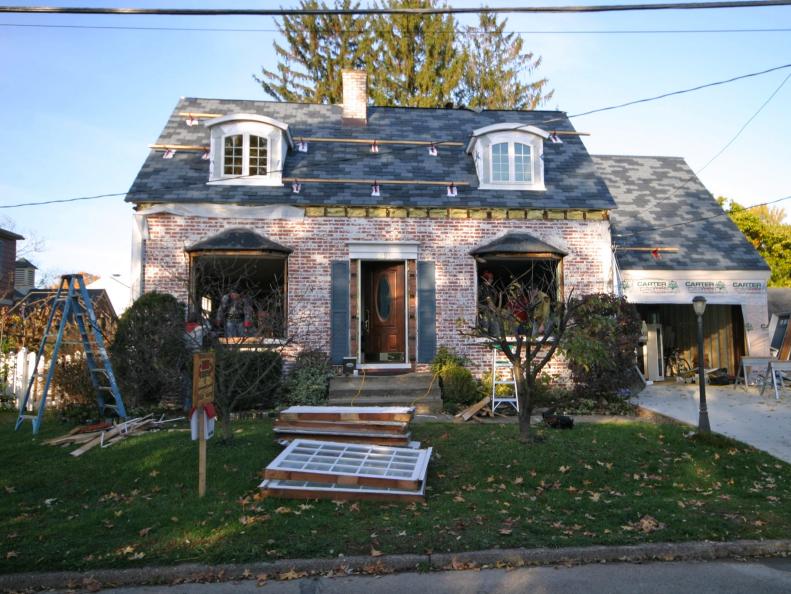1 / 7
Jeff Wilson replaced half of the windows in his 70-year-old Cape Cod home just five years ago, upgrading from single-pane glass to more efficient double-pane windows. Meanwhile, as Jeff greens his home top to bottom with a Deep Energy Retrofit (DER), he addresses nine leaky windows and a front door, choosing today's gold standard: triple-pane, gas-filled windows.









